Do Dog Whiskers Grow Back? [DON’T DO THIS]
Sometimes deemed unruly hair, whiskers are a defining characteristic of all dog species. They are a set of stiff hairs that grow around a dog’s muzzle or snout.
As a dog owner, you may have the urge to trim your dog’s whiskers to improve their appearance. But you may also be concerned about whether the whiskers will grow back.
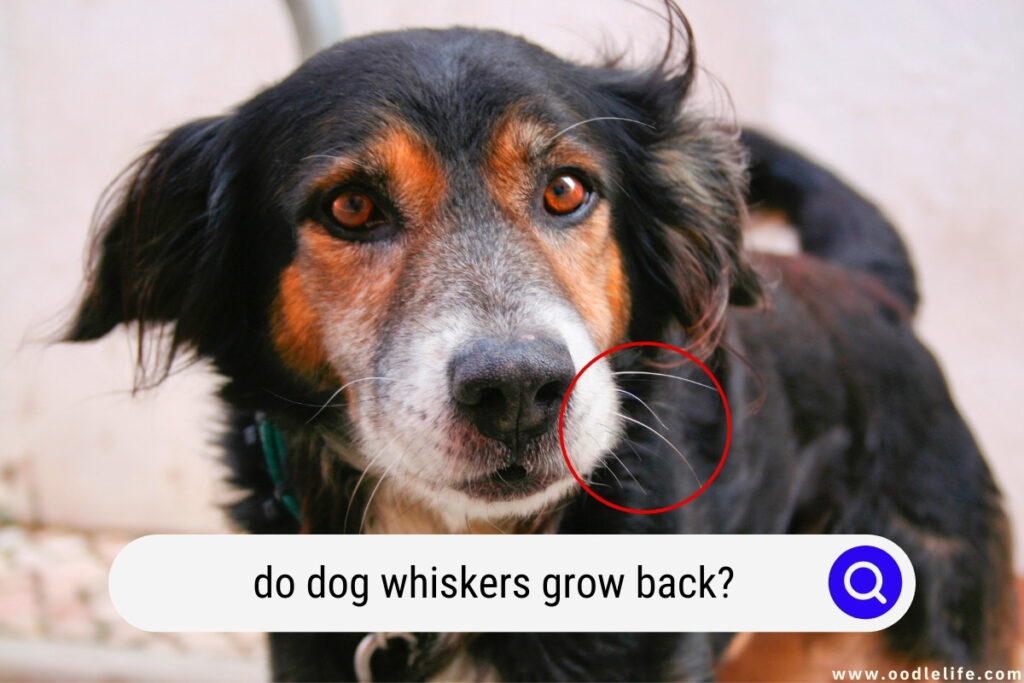
Do dog whiskers grow back? The short answer is yes. However, dog whiskers may not grow back if you aren’t careful when cutting, so it’s important to understand exactly what you’re in for before you give them a trim.
Keep reading to find out more about cutting dog whiskers, whether whiskers are important to your dog, and when they may or may not grow back.
Are Whiskers Important to a Dog?
Whiskers are important to all dogs. They give a dog extra sensory input to help it find its way around your house or outdoors. It’s also crucial in helping your dog identify your household members or find its food.
While dogs can clearly see objects at larger distances than humans, they do not fare well when looking at things or people close to them. Whiskers come in handy by perceiving a dog’s immediate environment and transmitting this information to its brain. This way, it forms a more accurate picture of its surroundings.
Also known as vibrissae, whiskers in dogs are what feelers are to insects. Amazingly, whiskers are extremely sensitive and help a dog perceive objects at a distance with or without touching the object with their muzzle.
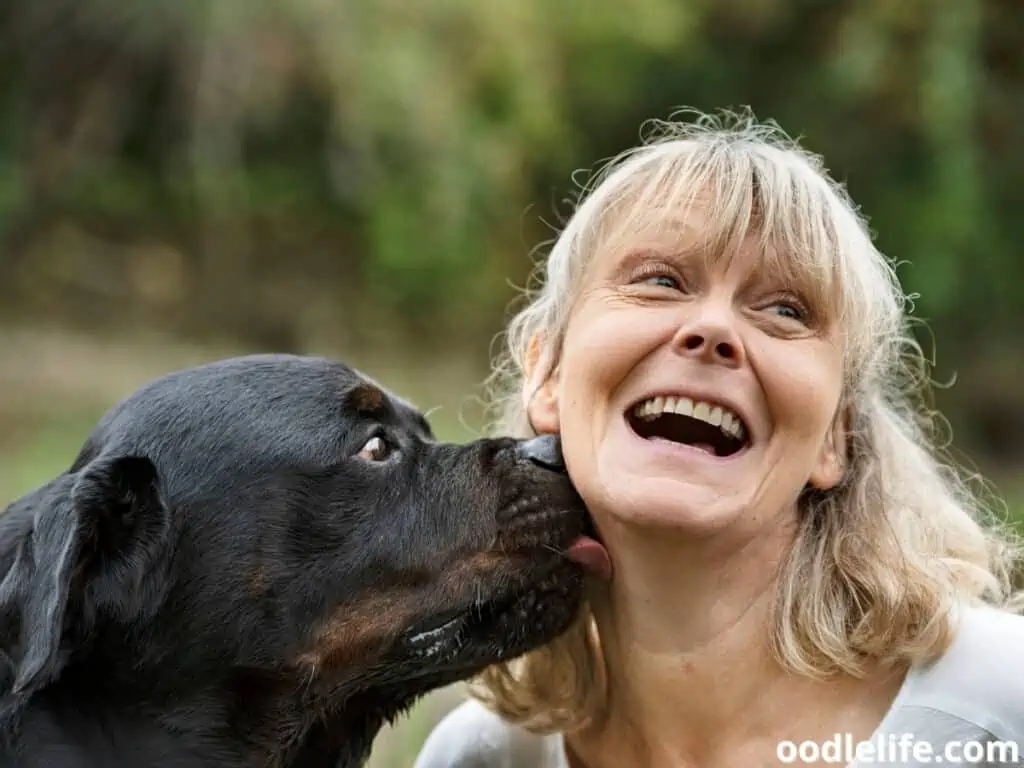
Types of Whiskers
Dog breeds were specifically bred for different reasons, such as hunting or herding. They’re therefore adapted to various occupations and living conditions. Different breeds are predisposed to having more of certain types of whiskers.
The types of whiskers include:
Interramal Tufts or Chin Vibrissae
Interramal tufts are whiskers found on the underside of a dog’s snout. They provide useful information on what is below the dog’s snout.
They’re abundant in hunting, Retriever, and herding dog breeds that require information while running outdoors, wading through water, or even when resting.
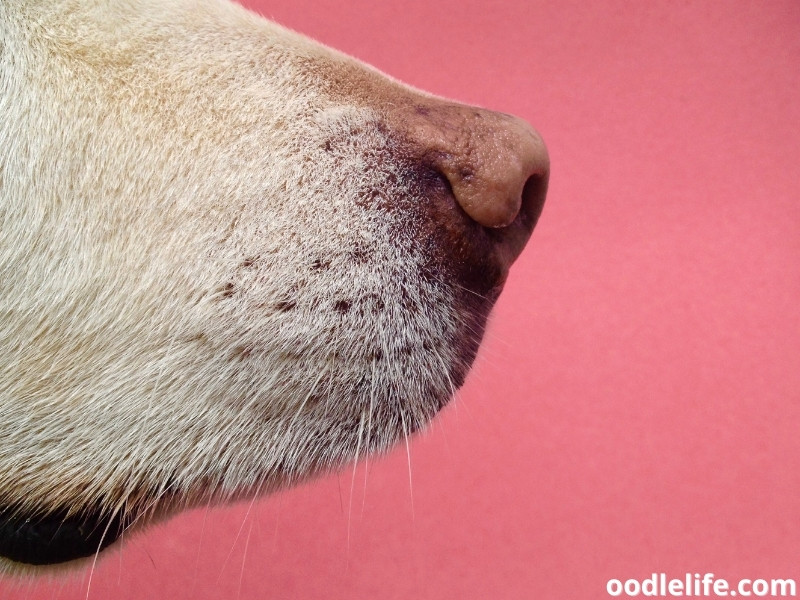
Genal Whiskers or Zygomatic Vibrissae
These whiskers are found around a dog’s snout. They are crucial in helping a dog determine the size of objects and spaces. When genal whiskers are cut, your dog may fumble when getting into confined spaces and entrances.
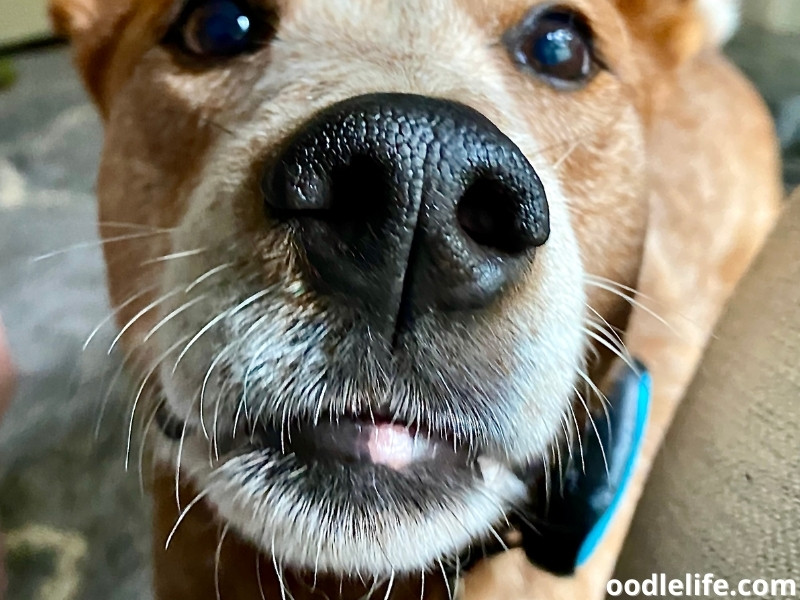
Supraorbital Whiskers or Superciliary Vibrissae
The primary role of supraorbital whiskers is to protect a dog’s eyes from flying debris or objects like grass or similar vegetation. They’re located above a dog’s eye, just like human eyelashes.
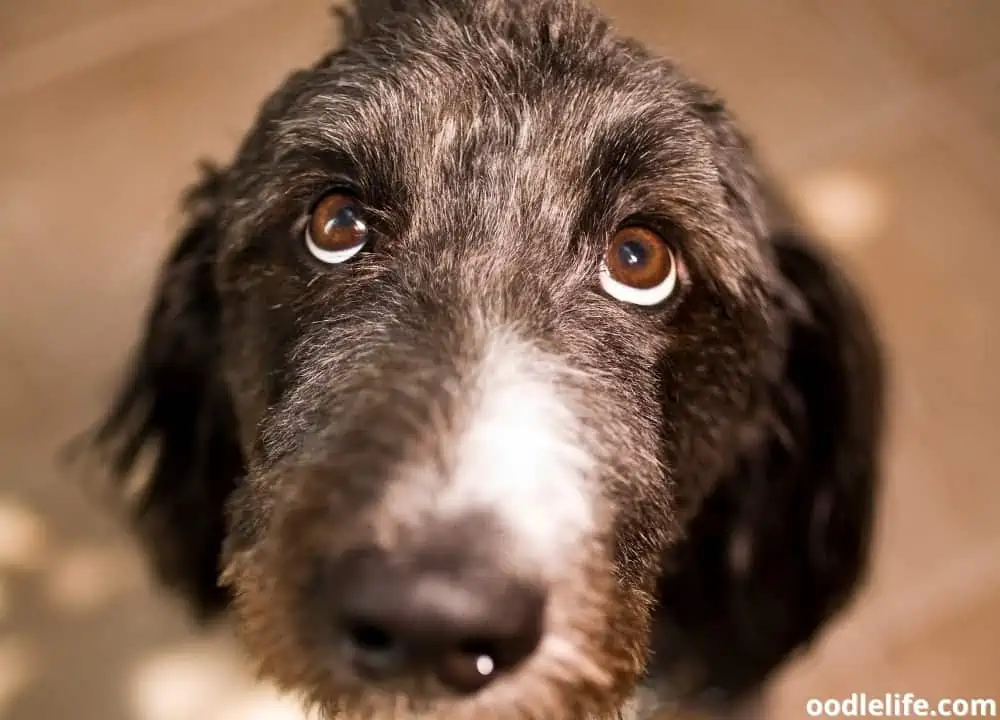
Mystacial Whiskers
Mystacial whiskers grow mostly around a dog’s mouth and provide necessary input to find food or identify family and friends. When they’re cut off, your dog may have difficulty determining household members and even when finding its food.
Mystacial whiskers also alert a dog when an opponent or enemy is close to it. Without them, your dog may not fare well in a fight when attacked by another animal.
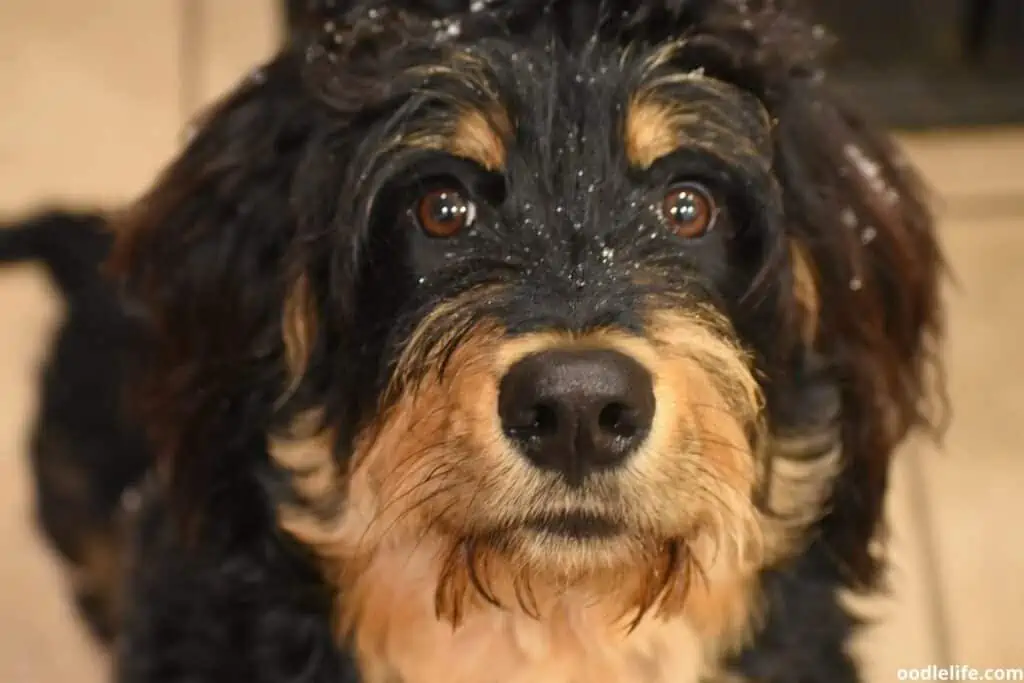
Should You Cut Your Dog’s Whiskers?
You can cut your dog’s whiskers to improve its appearance. In other breeds, whiskers may grow excessively, trapping food and debris, which may encourage the growth of bacteria. This may predispose your animal to conditions such as folliculitis.
It may be reasonable to cut the dog’s whiskers in such instances to safeguard its health.
But you should know that cutting your dog’s whiskers may affect your dog’s ability to move around, and most vets advocate against it. If you have to improve your dog’s appearance or reduce its chances of contracting diseases, consider trimming its whiskers.
However, it would be best if you never plucked your dog’s whiskers since it may damage hair follicles on your dog’s muzzle, and the whiskers may take longer to grow back or fail to grow completely.
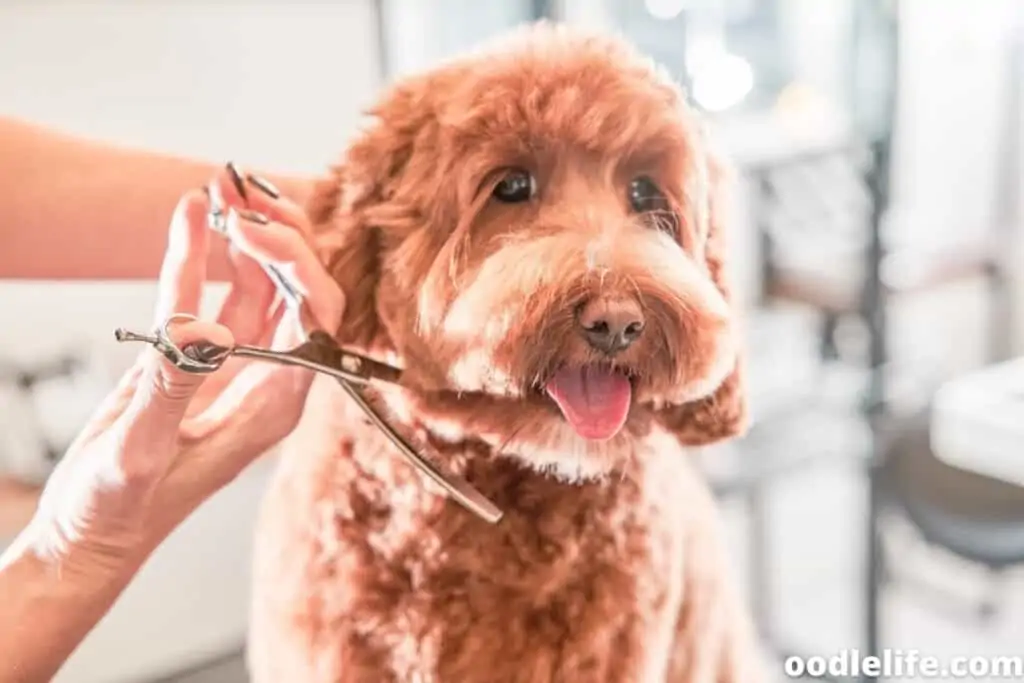
Does My Dog Feel Any Pain When Whiskers Are Cut?
Your dog does not feel any pain when you cut its whiskers unless you pluck them off. Similarly, your dog may be injured if you use blunt shears or clippers to cut or trim its whiskers.
Even though whiskers are sensory inputs and have a lot of nerve endings, they only detect or register information on defining characteristics of objects in front of the dog. They do not register sensory pain inputs. However, your dog may feel uncomfortable while you’re cutting its whiskers due to sensory overload.
Further, if you happen to cut your dog’s whiskers, your dog may feel confused, and it may fumble while moving around the house or outdoors, which is uncomfortable for the dog.
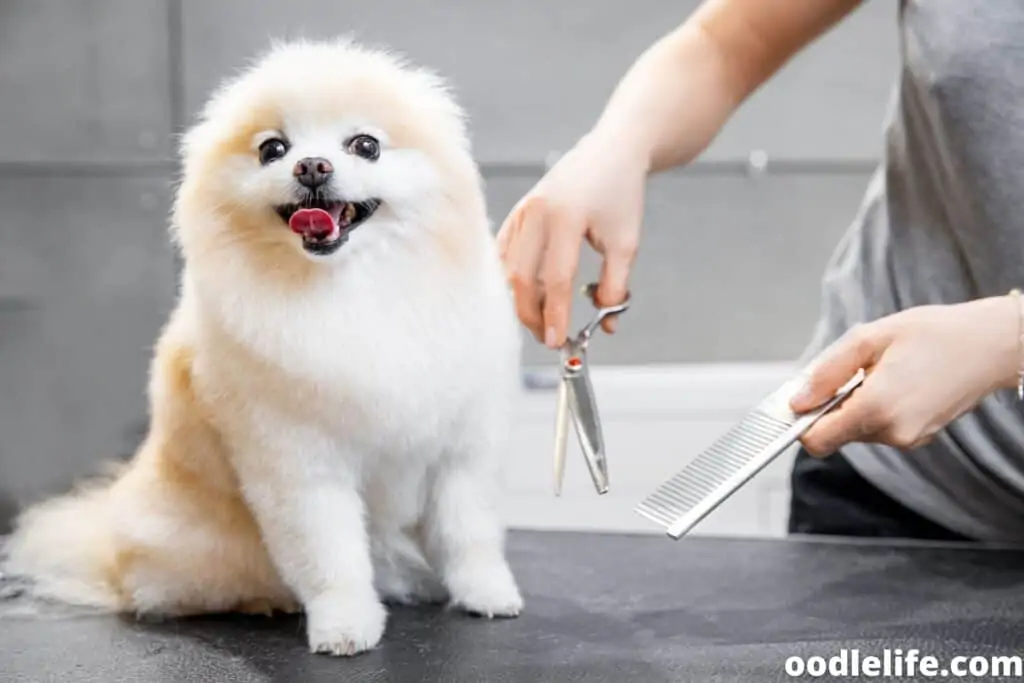
How Do I Safely Trim My Dog’s Whiskers?
Whiskers are extremely sensitive, and you should be careful to ensure you do not harm the dog while trimming its whiskers. If the dog is uncomfortable, it could also hurt you. Trimming is also preferable to cutting your dog’s whiskers as it guarantees less chance of injury and increases the possibility of the whiskers growing back faster.
Here’s how to do it safely:
- Secure your dog, just like when grooming the pet. If you’re unsure, this is a perfect guide on how to secure your dog for grooming. Also, ensure that your dog is comfortable enough before you start trimming its whiskers.
- Get the right shears or scissors. While using a clipper is easier, an untrained hand may injure the animal. Also, ensure the shears or scissors are pet friendly and sharp enough to avoid creating further discomfort for your dog. You’ll also need some toys or treats to keep your dog busy.
- Start by trimming the whiskers above your dog’s eyes/ the supraorbital whiskers. While at it, cover your dog’s eyes to alleviate anxiety and reduce sensory input to your dog.
- Slowly work your way around the other whiskers around and below your dog’s snout, and ensure you leave the whiskers at a significant level to avoid impairing your animal’s sensory input.
- Take breaks occasionally, and use this time to reward your dog with treats. Exercise the highest levels of caution and care while trimming the whiskers.
Trimming dog whiskers using a clipper is not advised for unsteady and untrained hands. However, if you’re experienced with a clipper, it could still do the job.
Secure your dog as discussed above and lubricate your clippers. Ensure they’re sharp enough to avoid hurting the animal, cover your dog’s eyes, start trimming the supraorbital whiskers, and gradually work your way until all the whiskers are trimmed.
The sound of the clipper may upset your dog, so stop occasionally and give the canine some reassurance to calm it down.
Alternatively, you can hire a professional groomer. Just ensure they don’t pluck or subject your furbaby to unnecessary discomfort.
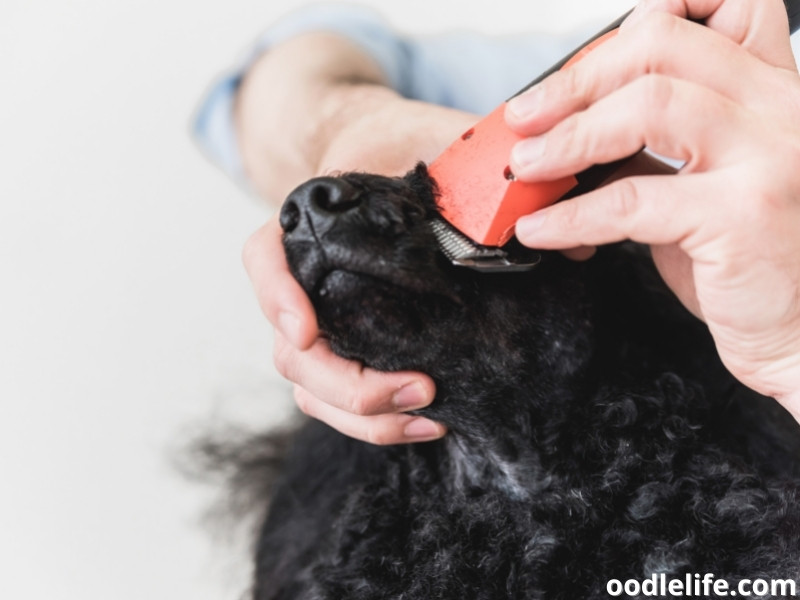
How Long Does It Take for Dog Whiskers to Grow Back?
If you cut or trim your dog’s whiskers, they can show signs of growing back in two weeks. But, it may take around 16 weeks for the whiskers to grow back to their original sizes. However, it is important to note that the period it takes for the whiskers to grow back depends on the dog’s breed.
For some breeds, the whiskers may take even more than a month to grow back.
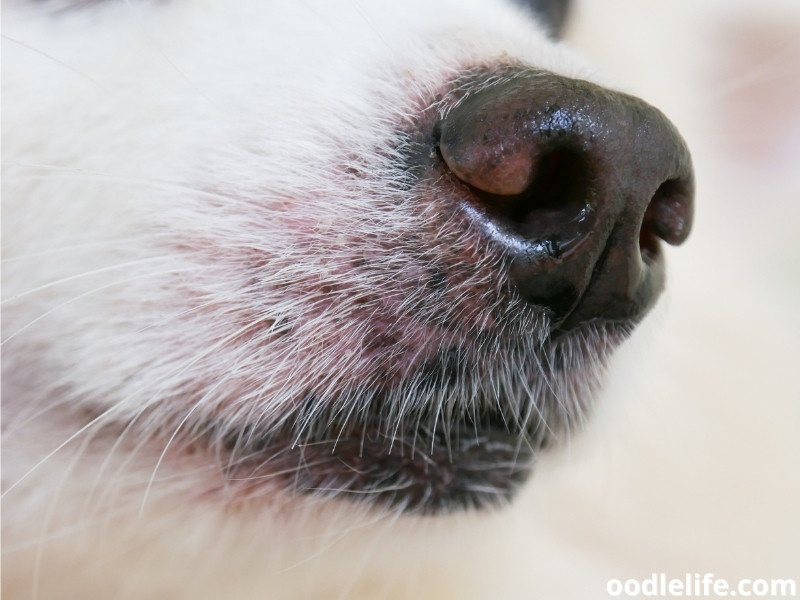
Can My Dog Shed Whiskers?
Yes, most breeds undergo molting, and they shed body fur occasionally, including their whiskers. You shouldn’t be worried about this since it’s natural and they will grow back with time.
However, you should be wary if your dog excessively sheds body fur or whiskers. If the shedding is abnormal or too much, take your dog to a qualified vet for a checkup.
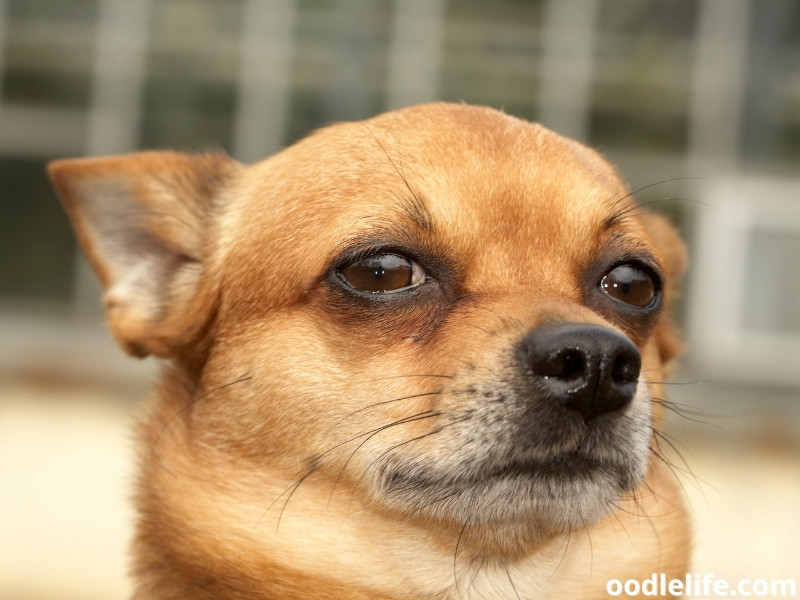
Final Thoughts
When whiskers are cut, they will eventually grow back. However, it would help if you were careful when cutting your dog’s whiskers to ensure you do not damage any hair follicles. This may be caused by plucking or using a blunt object when cutting the whiskers.
Trimming your dog’s whiskers is the best solution if you have to groom them for aesthetic or medical reasons.